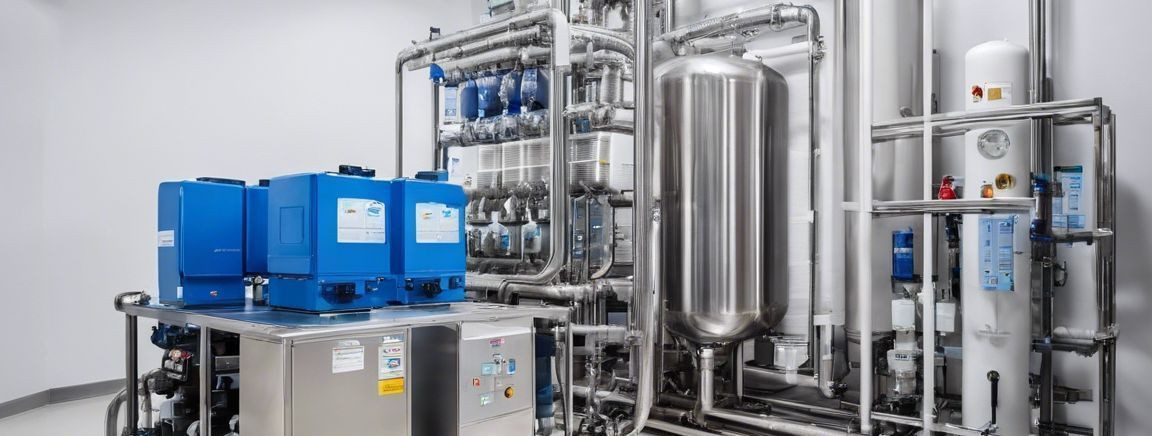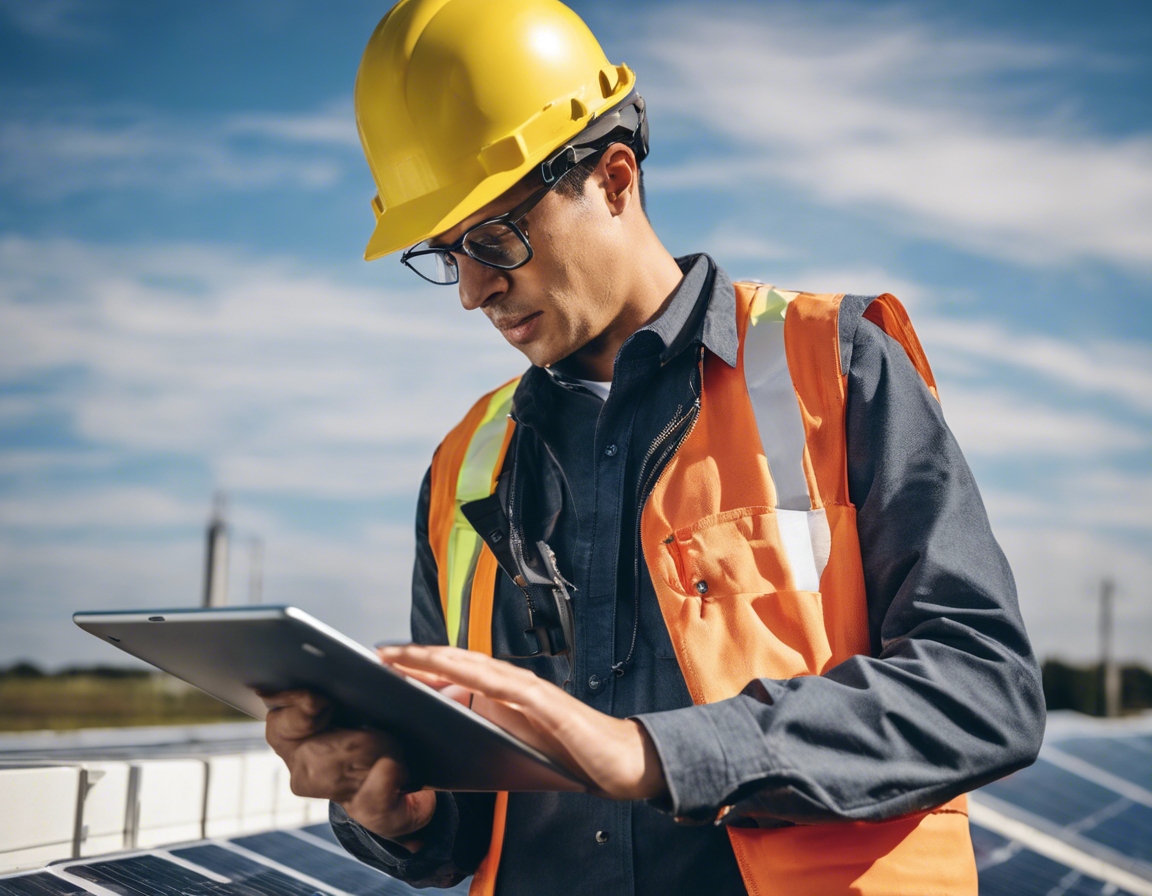Uv treatment: the invisible protector of your water supply
Ultraviolet (UV) water treatment is a powerful and non-intrusive method of disinfecting water by using UV light to destroy harmful microorganisms. It's a technology that has been embraced globally due to its effectiveness in ensuring water safety without altering the chemical composition of the water.
UV disinfection works by exposing water to UV light at a specific wavelength, which penetrates the cells of bacteria, viruses, and other pathogens, damaging their DNA or RNA, rendering them incapable of reproducing and causing disease.
Advantages of UV Water Treatment Systems
One of the most significant benefits of UV water treatment is that it does not require the addition of chemicals, making it an environmentally friendly option that avoids the creation of harmful byproducts.
UV systems are not only effective but also economical. They consume less energy compared to other disinfection methods and have a low operational cost.
UV treatment systems are known for their ease of maintenance and inherent safety, as they do not involve handling hazardous chemicals.
Applications of UV Water Treatment
Industries that require high-purity water, such as pharmaceuticals, electronics, and food and beverage, rely on UV treatment to meet stringent water quality standards.
UV treatment is also used in agriculture for irrigation and livestock watering, ensuring that water is free from pathogens that could affect crop yield and animal health.
Municipalities are increasingly adopting UV treatment to safeguard drinking water for communities, as it effectively inactivates protozoa that are resistant to chlorine.
Implementing UV Treatment in Water Systems
When implementing UV treatment, factors such as water quality, flow rate, and UV transmittance must be considered to ensure the effectiveness of the system.
Regular monitoring and maintenance are crucial for the continuous performance of UV systems. This includes cleaning the UV lamps and monitoring UV intensity.
Adhering to local and international standards is essential for UV treatment systems to ensure they meet the required disinfection levels.
Technological Advances in UV Treatment
Advancements in UV lamp design have led to more powerful and efficient systems that can treat higher volumes of water with greater efficacy.
Modern UV systems are equipped with smart controls that allow for real-time monitoring and adjustments, ensuring optimal performance.
UV treatment is often integrated with other water treatment technologies, such as filtration and reverse osmosis, to achieve comprehensive water purification.






Comments (0)